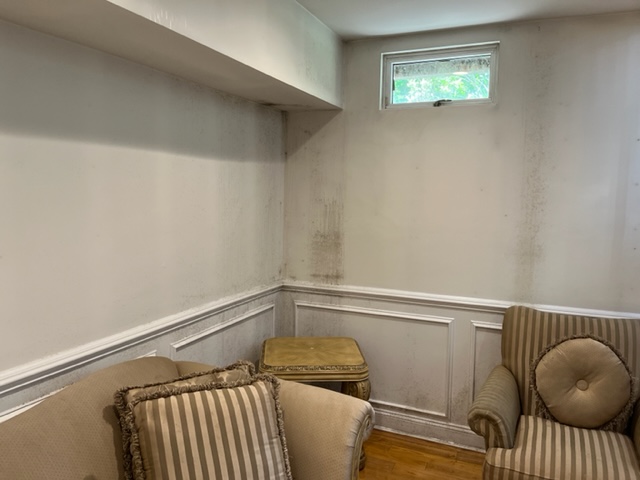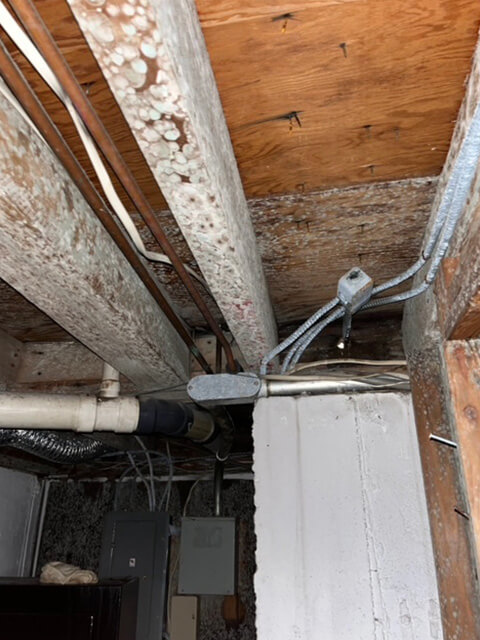How Does Mold Grow?
The key to controlling mold growth is controlling moisture within a space. Understanding structural and mechanical functions of homes or buildings is crucial in detecting potential mold issues.
The main components contributing to mold growth are:
These are not the only factors for mold growth, however they are the most common. Once mold has developed on a surface, it begins to colonize and form roots within the substrate, known as hyphae. As a mold colony matures, it can reproduce by sending mold spores into the air. These spores are transported by air currents and eventually land on other surfaces. If that surface is viable for mold growth, another colony will begin to form and eventually reproduce. Identifying and eliminating the mold source as soon as possible will eliminate the exponential growth of other mold colonies. Do not wait for the problem to expand. This will affect your health and your wallet.
There are over 100,000 types of mold. Some of the common, yet potentially dangerous, fungi found in homes include:


